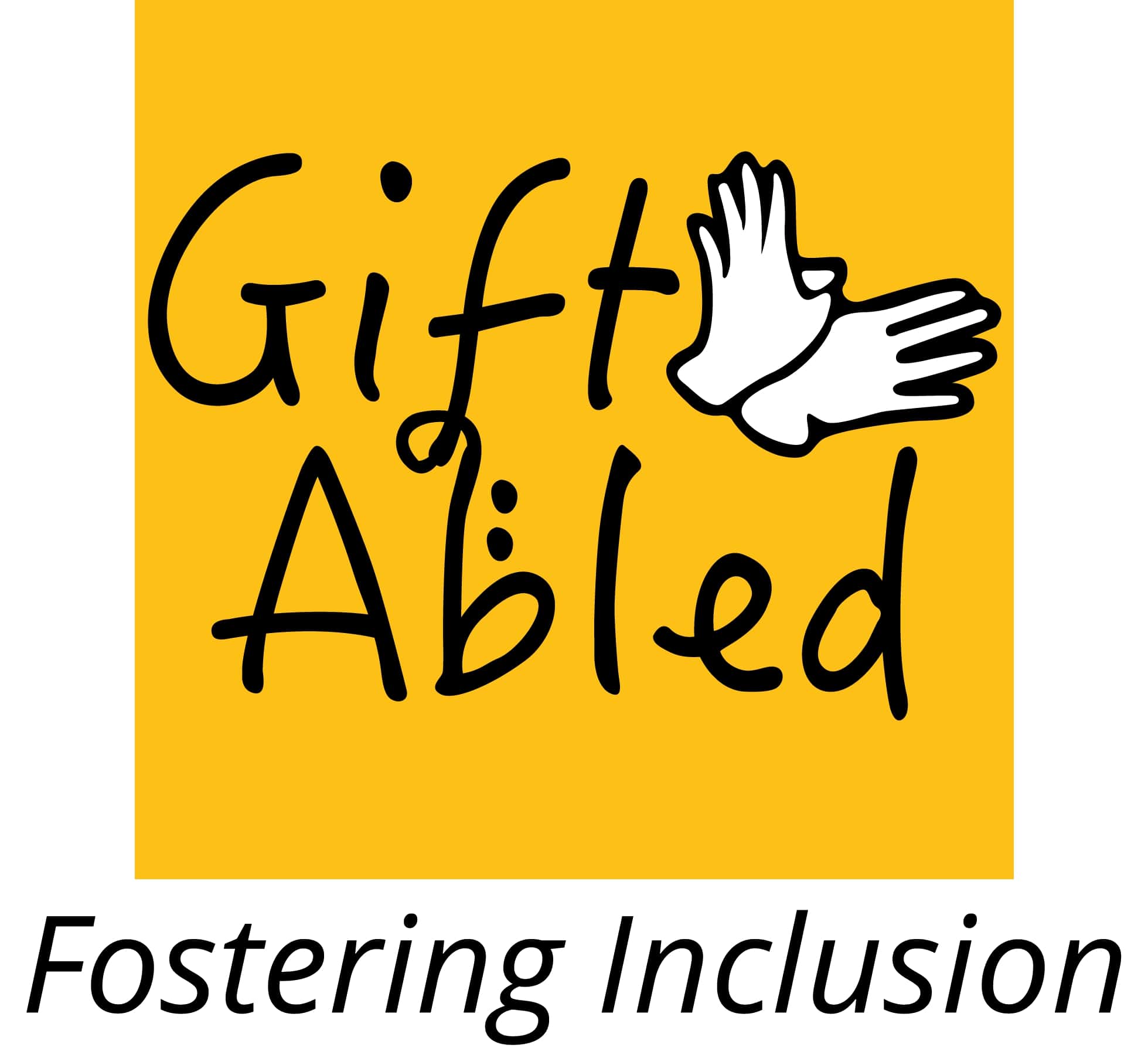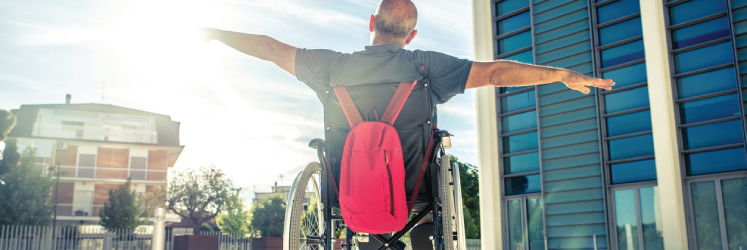Disability and Inclusion

Stephen R Covey once said, “Strength lies in our differences, not our similarities.”
Disability inclusion is the process of promoting the participation of people with disabilities in day to day roles and activities. This involves more than encouragement as their participation makes up for a more diverse and friendly community. Their inclusion results in a betterment of lifestyles as well as the opportunity to earn a living income..
There have been many stories of where lives have been transformed through that of inclusion
Personally, I have the honor of sharing the story of my aunt. At a young ageRashmiMuddaiahwas diagnosed with Retinitis Pigmentosa, an ailment that involves the breakdown of cells at the retina. This loss in eyesight had made various acts of life difficult for her. But this was nothing but a small hiccup in her path of life..
She continues to strive in her field, where she in her profession at CISCO Systems helping those with similar disabilities to attain jobs of different sizes and statures. Not only has that of inclusion helped her but also it is an example of how many hidden gems are lying beneath the fence of disability.
The boundaries disabilities produce hampers the smooth road of the one afflicted by it. It creates unnecessary obstacles that block the many talents one possesses. Without inclusion, a company or organization may miss out on various individuals who possess wonderful job requirements but are inhibited to work towards it because of their disabilities.
Now one may ask, “How can an organization foster the needs of inclusion towards those who need it?”
The first and most basic step is acceptance. That is when organizations are ready to accept those employees with certain needs and providing them with the necessities that they require to perform their designated tasks. This small step sets the ship sailing.

Why is inclusion important?
In a census taken in the year 2011, it has been recorded stating that there are 2,68,14,994 individuals afflicted with that of disability in India
According to the United Nations Convention on the Rights of Persons with Disabilities, people “. . . with disabilities include those who have long-term physical, mental, intellectual or sensory [such as hearing or vision] impairments which in interaction with various barriers may hinder their full and effective participation in society on an equal basis with others.
In a vast country where resources are limited, it is obvious that those with needs are at a disadvantage. The majority of the population too are not trained to interact with those with disabilities. There is also the social stigma of fear and uncertainty when the individual is poised with the task that concerns a disabled citizen.
Inclusion looks to break down these barriers, it creates a tunnel between the abled and the differently-abled. There will be an increase in the workforce as people will join together to increase productivity and efficiency in the organization.

Accessibility and Universal Design.
The purpose of universal design is to simplify life for everyone with disabilities through that of improvement in products, communication, and the external environment.
The Centre for Universal Design at North Carolina State University has developed seven principles for universal design:
1. Equitable Use
2. Flexibility in Use
3. Simple and Intuitive Use
4. Perceptible information
5. Tolerance of Error
6. Low physical effort
7. Size and space for approach and use
Accessibility is when the needs of people are considered by creating or modifying facilities for their comfort. This is the process of altering existing physical systems in place or creating new ones. Examples of this can be the ramps in buildings, toilets specifically built for individuals with disability and the use of Braille Scripts in that of public signs or notification boards.
This responsibility is normally given to that of the government officials or authorities who are involved with the construction of these areas and the production of equipment. In private institutions, it is up to the proprietor to make sure that the required modifications take place. The Rights of Persons with Disabilities Act, 2016 rightly states so.
Sensitization and Training
Many individuals in this country are oblivious to the issue of disability in India. Some even look at it as a taboo where there are many cases of children with disabilities been abandoned in not only villages but also major cities.
Thus, it must be the citizens’ duty to bring forth the issue of sensitization to the common man. Drives can be conducted in public areas through that of plays and workshops. Training camps can be officiated for free. I am proud to say that I have seen an increase in participation in these workshops compared to the past years. It is the involvement of the people of today that secures the life of those tomorrow.
Examples of training camps can be that of a class on sign language and the use of correct words while addressing those with disabilities. It is a common mistake to use words that are out-dated and often insulting. These camps can teach the public with the new, acceptable words that are comfortable for everyone to use.

Inclusion as an organization
In a world where 15% of the total population suffers from disability. It should be deemed necessary that inclusion is an important aspect of the modern world.
Many third world countries suffer from severe cases of poverty and economic strife. This normally correlates with an increase of diseases as well as a lack of nutrition. It is often mentioned that a decrease in economic status leads to an increase in disability in individuals.
Thus it is vital that nations put forward the idea of inclusion in their budgetary meetings as well as focusing on its subsequent implementation.
The 2030 Agenda for Sustainable Development by the UN clearly states that disability cannot be a reason or criteria for lack of access to development programming and the preservation of human rights.
The Sustainable Development Goals (SDGs) framework consists of seven targets, which explicitly refer to persons with disabilities, and six further targets on persons in vulnerable situations, which include persons with disabilities.
The SDGs address essential development domains such as education, employment, and decent work, social protection, resilience to and mitigation of disasters, sanitation, transport, and non-discrimination – all of which are important areas of work for the World Bank. The New Urban Agenda specifically commits to promoting measures to facilitate equal access to public spaces, facilities, technology, systems, and services for persons with disabilities in urban and rural areas.
The International Disability Alliance has put together many teams in a variety of countries across the globe.
IDA works across the United Nations to make sure its human rights and sustainable development processes uphold the highest standards of the Convention on the Rights of Persons with Disabilities – the CRPD. We also support the UN General Assembly, UN Secretariat and UN agencies—such as UNICEF, the World Bank, and the World Health Organisation—to help ensure that the human rights of all persons with disabilities are an integral part of their work.
In conclusion, I would like to state that those with disabilities should feel no different than those without. They should be protected by the rights enforced by the constitution. The way forward is the world uniting as one to create a safer environment and a compassionate human race.
Author: Madhav Aiyappa



0 Comments